Dismantling HoloLens squat AR industry card
In recent days, in addition to the hot VR news, you will find that AR companies are experiencing large amounts of financing information. In particular, investors are Internet giants such as Ali, Tencent, Lenovo and Shanda.
Among the AR companies at home and abroad, in addition to Magic Leap, a magical unicorn with its own gold-absorbing system, there are also a few companies that make products such as HoloLens and EPSON, and Lenovo has launched AR mobile phone phab in the Dragon Boat Festival.
For AR we want to ask:
Where is it hard to be, why is your progress so slow? How big is the difference between VR and AR? How far is the outbreak of AR from us? We recommend an AR report from Monita for you. The above questions will be answered.
Difference between VR and AR
Let's first visually compare the differences between the two, from the following five aspects.

As a branch of artificial intelligence, AR is difficult to let the computer understand and reconstruct the 3D world. It mainly uses computer vision and deep learning to make algorithms and software requirements higher than VR.
VR implements the presentation of a completely virtual world, and low-latency, high-definition display and interaction are important indicators of the experience. Relatively speaking, the requirements for hardware capabilities are higher than AR, and all of them are presented with virtual content, and the content production process is difficult.
Technical difficulties of AR
The AR system includes technical processes such as data processing, 3D registration, display, and human-computer interaction. The real-world information is obtained through the camera, and the sensor is used to track and interact with the sensor. The virtual scene is generated by the display device and superimposed to the real scene.
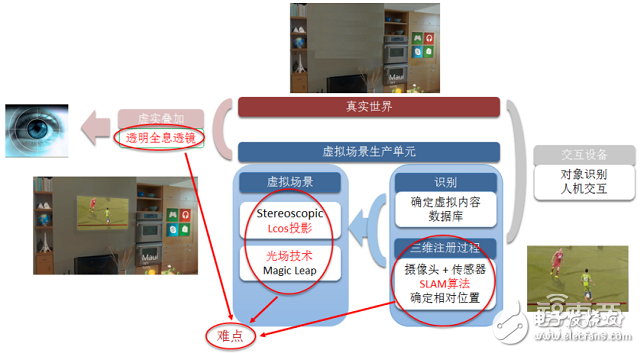
The biggest obstacles in current technology are display technology and 3D registration – tracking and positioning technology. Among them, the breakthrough of display technology is the most important for the formation of the future industry pattern. Consumption stimulus and industry attention will greatly accelerate the improvement of algorithms and technologies.
Display technology
The Internet giant has different research directions in the field of display technology, and better technology is still under development.
There are two main technologies for achieving 3D in near-eye glasses: Stereoscopic and Light Field.
The biggest problem with Stereoscopic is that it can't achieve active selective focusing. It can cause dizziness when worn for a long time, but the imaging principle is relatively simple. Currently, the existing head-mounted type basically adopts this method, including Hololens.
With this display mode, the light guide transparent holographic lens is a major difficulty.
First, limited by the manufacturing process, providing large area lenses with high cost and low yield, Hololons can only provide 40° field of view.
Second, the lenses are very thick, and many organizations are currently studying how to make lenses thinner.
The latest developments in the global direction of "lens thinning" are:
In March 2016, the Australian National University announced that it has produced the world's thinnest lens, which is only 6.3 nanometers thick and is one-thousandth of the diameter of human hair.
NASA's official website reported that the NASA Jet Propulsion Laboratory (JPL) and Caltech researchers have collaborated to develop an ultra-thin optical lens that uses the "metasurface" technology to control the optical path. Used in advanced microscopes, display devices, sensors, cameras and other instruments, the integration of optical systems is greatly improved, and the lens manufacturing method has revolutionized.
In the industry, light-guide technology has been introduced by many companies represented by Lumus in Israel, but the process is complicated and there is no mass production yet.
Hololons currently uses LCos projection technology (Google Glass also uses LCos) to apply Himax's projection products. However, it has also been reported that Hololens uses TI DLP Pico for display development. In the field of projection, DLP has a large market share. In recent years, The LCos technology is further matured, the industrial chain is gradually expanding and extending, and there are great development opportunities in the future. The table below briefly compares some of the advantages and disadvantages of LCos technology and DLP technology. In the expanding LCos industry chain, we have seen more domestic manufacturers.
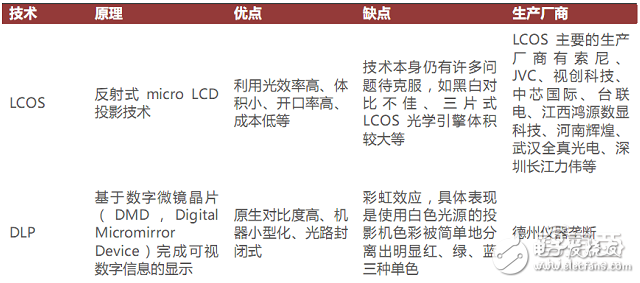
Light Field light field technology is another major technical route for near-eye 3D. Its representative is Magic Leap.
The technical core of this method is the Fiber Optimeter Projector, based on the principle that the output direction and the fiber are tangent when the laser is emitted from the fiber port after it propagates through the fiber. Magic Leap changes the fiber in three-dimensional space. The shape, especially the tangential direction at the fiber port, controls the direction in which the laser is emitted and projects directly onto the retina.
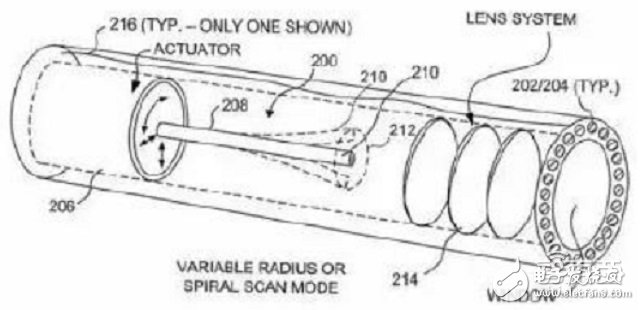
The light field display needs to calculate the entire four-dimensional light field, and its computational complexity is increased by several orders of magnitude, which is one of the technical bottlenecks.
At the same time, the mechanical components are precisely controlled so that each fiber oscillates naturally and naturally, and the mode of vibration is synchronized with the data transmission, and the vibration cannot be affected by external noise, which is also a technical difficulty.
Currently this technology is still in the laboratory stage, Magic Leap only has Demo, there is no corresponding product.
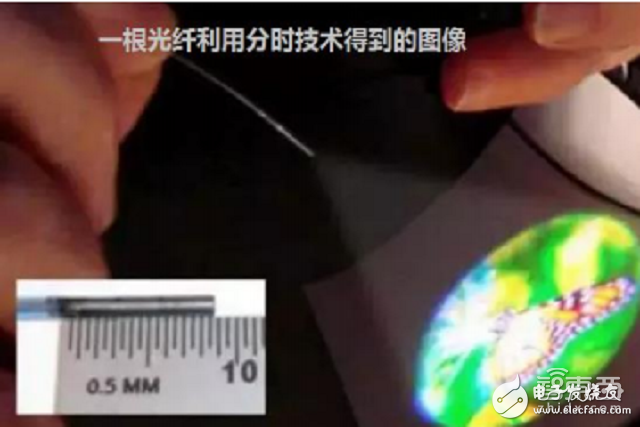
3D registration technology
The three-dimensional registration process determines the position of the user's head in real time and determines the position of the virtual content to be added in the camera coordinate system, including calibration (determining camera internal parameters), tracking and positioning (determining the relative position of the virtual content), and virtual and real alignment. The sensitivity of the human eye places very high demands on the accuracy of registration.
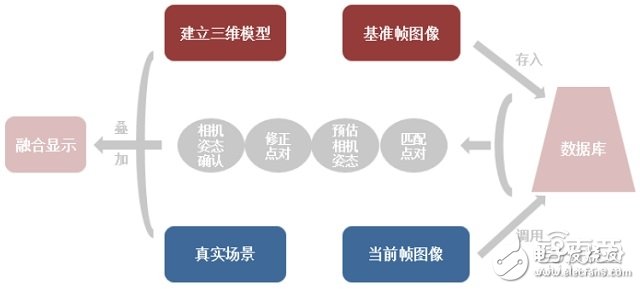
Barrier Strip Connector ,Barrier Type Terminal Block ,Dual Row Terminal Block ,Barrier Terminal
Cixi Xinke Electronic Technology Co., Ltd. , https://www.cxxinke.com